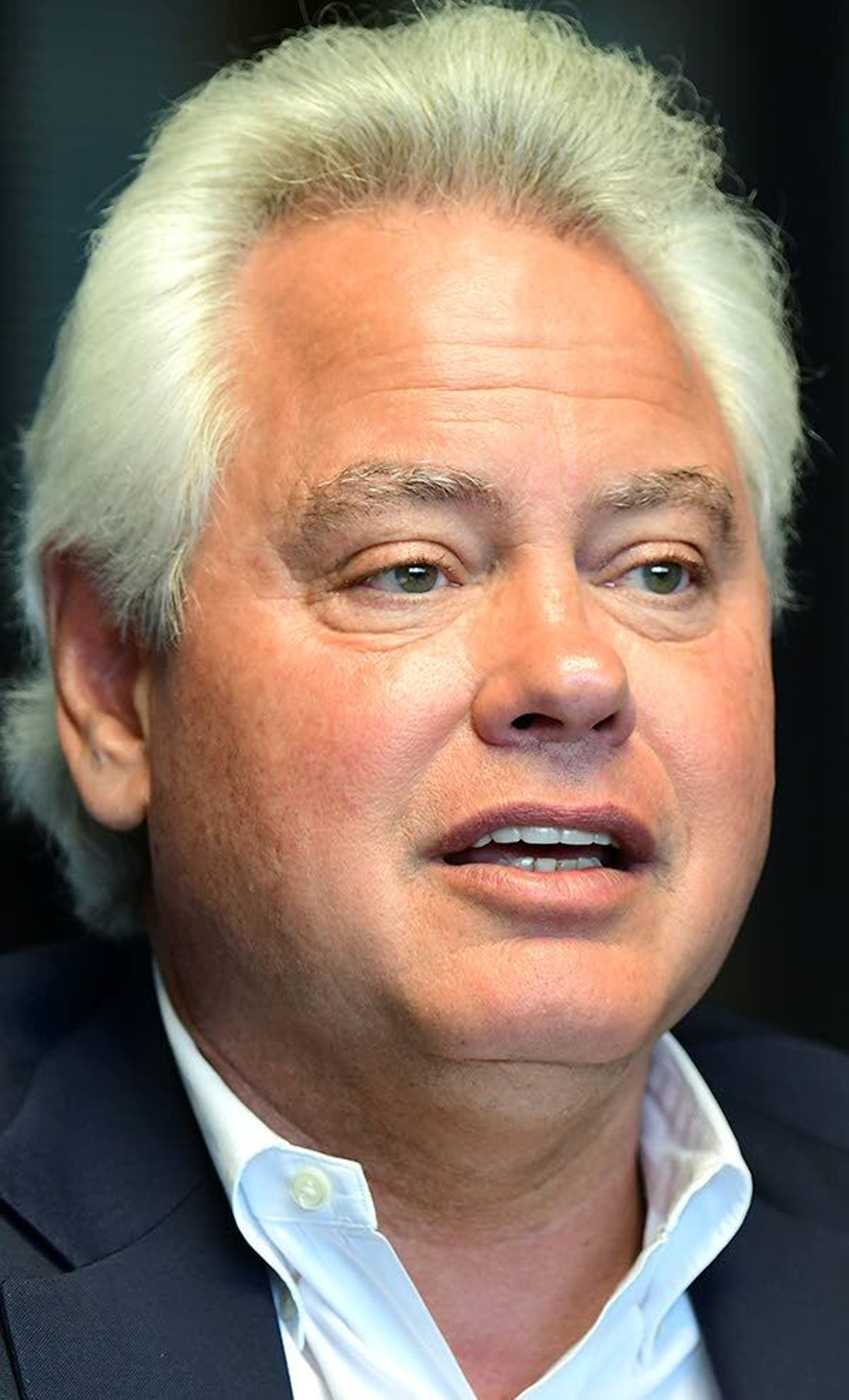UI works to keep pace with hot weather
Chilled water system that cools campus buildings taxed by the recent high temps
Those with offices on the University of Idaho campus may have noticed higher-than-normal indoor temperatures over the past week as the school’s chilled water cooling system has been straining to keep pace with the recent heat wave.
Such systems use reservoirs of water that have been chilled to around 45 degrees at a central location to help regulate temperatures in multiple buildings during warm days. However, when a high-pressure “heat dome” settled over the Pacific Northwest and caused temperatures to spike into the triple digits for multiple consecutive days, demand began to deplete the school’s chilled water faster than it could be replaced.
UI Director of Facilities Rusty Vineyard said when this kind of thing happens, there is a rigid, research-based protocol in place to ration cooling capacity in order to preserve critical systems like lab spaces or server rooms, which produce a lot of heat and would fail without cooling. Vineyard said this meant backing off chilled water cooling in some buildings in the late afternoon and, in some cases, shutting it off completely in the evenings.
“What that does is allows us to recharge — or essentially refill — our chilled water tanks so the next day, we can actually maintain a sustained cooling throughout most of the day,” Vineyard said.
Vineyard said this practice is called “load shedding” and is similar to how Avista Utilities asked customers to use less energy during this same timeframe when demand for electricity to power air conditioning units began to overload their system. The company was attempting to reduce the electrical load demanded of their system by a certain percentage to keep the system from failing altogether.
Vineyard said the UI uses a mixture of systems, including independent heating, ventilation and air conditioning systems to regulate temperature in its buildings but around 37 buildings on its Moscow campus are cooled by the school’s centralized chilled water network. He said when the network is able to function at full capacity, these buildings are usually maintained somewhere between 70 and 74 degrees. However, during the heatwave and some days that followed, buildings with occupants could warm into the 80s and temperatures in unoccupied buildings could reach the 90s.
“Generally, if it’s above 95 (degrees outside), we start to really see an impact,” Vineyard said. “As long as we have these sustained temperatures that we’re having, we may have some efforts to load shed buildings to try to conserve some of our chilled water and maintain our systems.”
With daytime temperatures beginning to drop, Vineyard said strain has been reduced somewhat and chillier evenings have allowed them to catch up with some of the demand. As of Tuesday afternoon, Vineyard said facilities will be able to discontinue load shedding for the time being.
He said these efforts were a success only through the work of his staff in facilities services. He said it often goes underappreciated how much work goes into simultaneously maintaining critical systems and a pleasant, cool working environment.
“I can’t put enough emphasis on our team here in facilities — on how they’ve worked so hard trying to make sure and maintain a comfortable campus as best they can,” Vineyard said. “This involves folks at times getting up well before the sun breaks, and are up well past when the sun goes down.”
Jackson can be reached at (208) 883-4636, or by email to sjackson@dnews.com.







